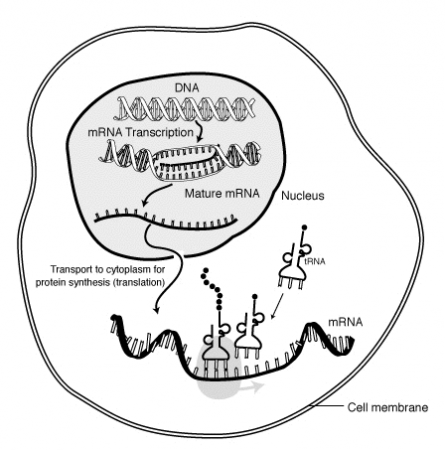It has always strained credibility that the 98% of our DNA not used to code proteins would be useless. But this non-coding DNA picked up the name “junk DNA” because no-one quite knew what it did. In fact, one study (Nóbrega, 2004) found that deleting large chunks of DNA had no discernible effect on mice; the mice born without these pieces of non-coding DNA were viable.
However, a slew of papers from the Encode project indicate that the part of our genome formerly known as junk DNA, regulates the 2% that does the protein coding:
The researchers … have identified more than 10,000 new “genes” that code for components that control how the more familiar protein-coding genes work. Up to 18% of our DNA sequence is involved in regulating the less than 2% of the DNA that codes for proteins. In total, Encode scientists say, about 80% of the DNA sequence can be assigned some sort of biochemical function.
— Jha (2012): Breakthrough study overturns theory of ‘junk DNA’ in genome in The Guardian.
This is more good news for useless bits of biology (see the appendix).
